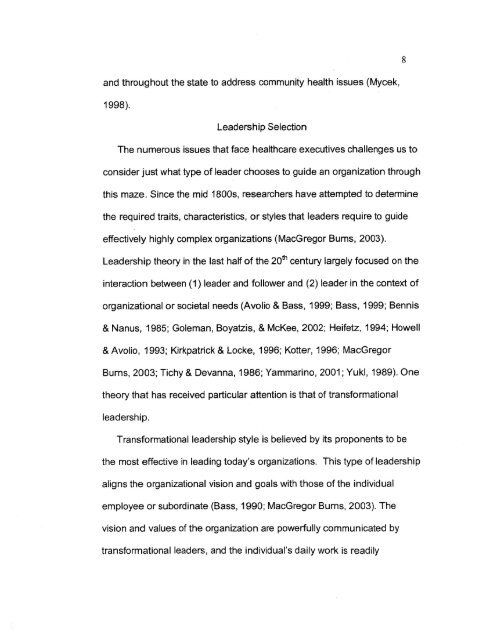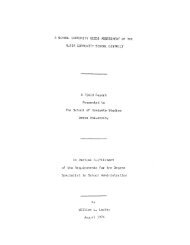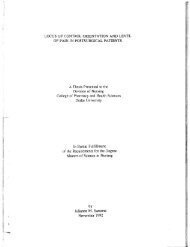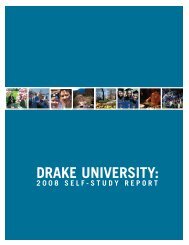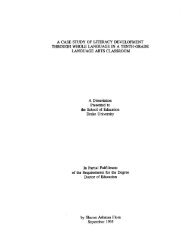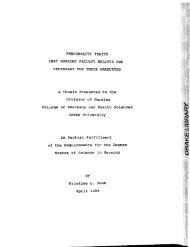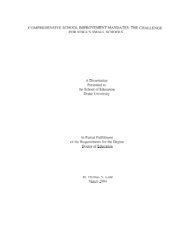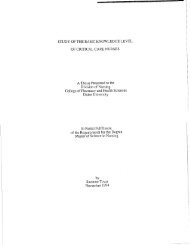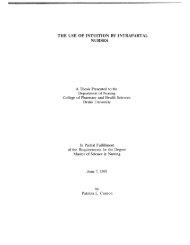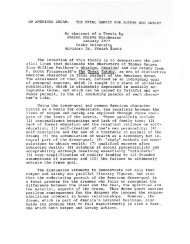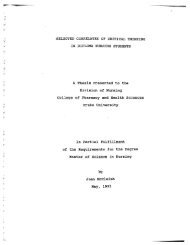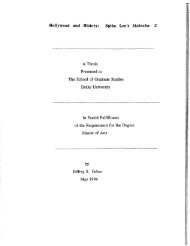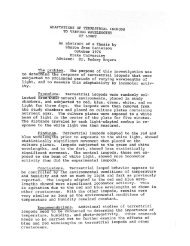LEADERSHIP CHARACTERISTICS OF ... - Drake University
LEADERSHIP CHARACTERISTICS OF ... - Drake University
LEADERSHIP CHARACTERISTICS OF ... - Drake University
You also want an ePaper? Increase the reach of your titles
YUMPU automatically turns print PDFs into web optimized ePapers that Google loves.
and throughout the state to address community health issues (Mycek,<br />
1998).<br />
Leadership Selection<br />
The numerous issues that face healthcare executives challenges us to<br />
consider just what type of leader chooses to guide an organization through<br />
this maze. Since the mid 1800s, researchers have attempted to determine<br />
the required traits, characteristics, or styles that leaders require to guide<br />
effectively highly complex organizations (MacGregor Burns, 2003).<br />
Leadership theory in the last half of the 2oth century largely focused on the<br />
interaction between (1) leader and follower and (2) leader in the context of<br />
organizational or societal needs (Avolio & Bass, 1999; Bass, 1999; Bennis<br />
& Nanus, 1985; Goleman, Boyatzis, & McKee, 2002; Heifetz, 1994; Howell<br />
& Avolio, 1993; Kirkpatrick & Locke, 1996; Kotter, 1996; MacGregor<br />
Burns, 2003; Tichy & Devanna, 1986; Yammarino, 2001; Yukl, 1989). One<br />
theory that has received particular attention is that of transformational<br />
leadership.<br />
Transformational leadership style is believed by its proponents to be<br />
the most effective in leading today's organizations. This type of leadership<br />
aligns the organizational vision and goals with those of the individual<br />
employee or subordinate (Bass, 1990; MacGregor Burns, 2003). The<br />
vision and values of the organization are powerfully communicated by<br />
transformational leaders, and the individual's daily work is readily


